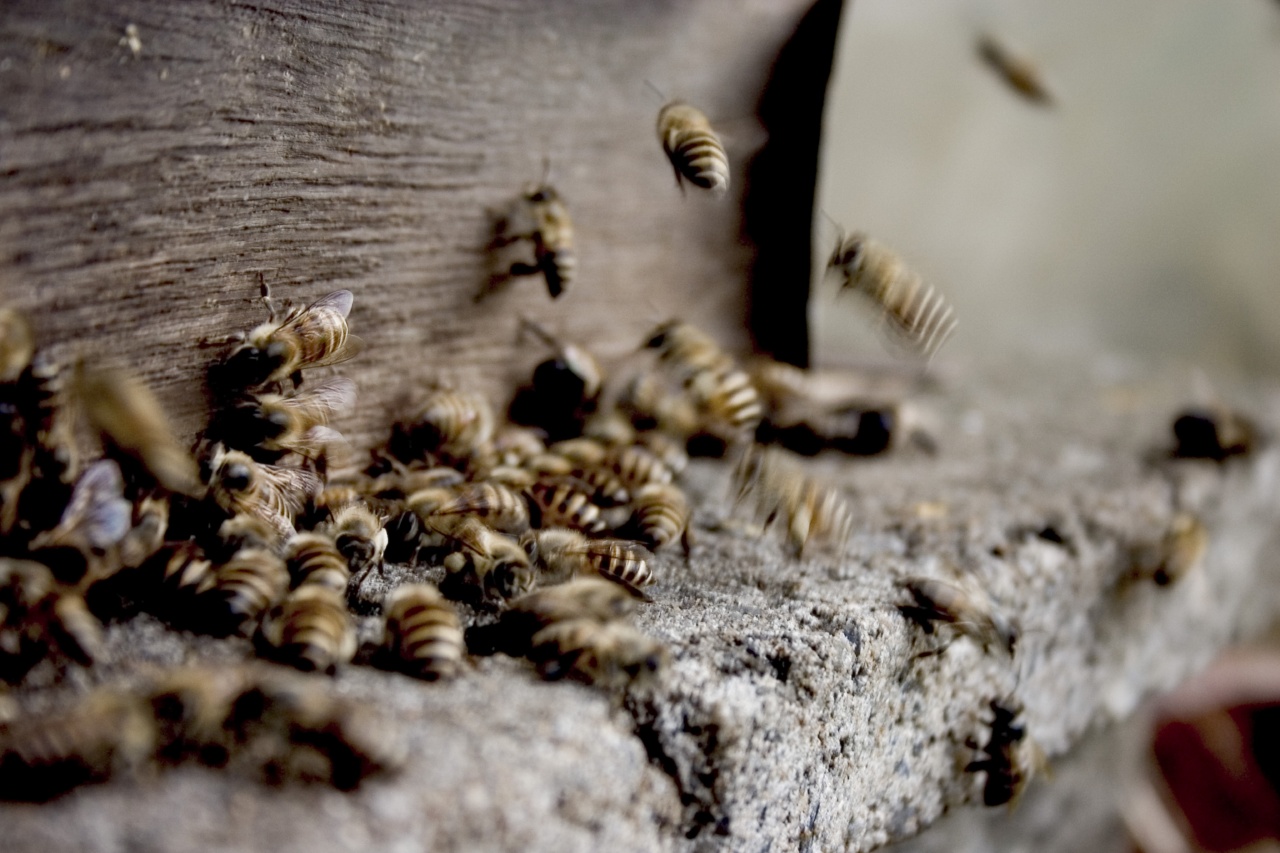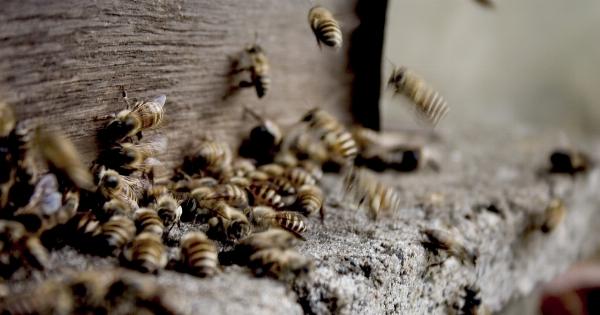Wasp and bee stings can be quite painful and, for some individuals, even life-threatening.
While immediate medical attention is crucial in severe cases, there are natural remedies that can help alleviate the discomfort and reduce inflammation associated with these insect bites. In this article, we will explore various home remedies and treatments that can help you get rid of wasp and bee stings naturally.
Soothing the Sting with Ice
Immediately after being stung, it is important to remove the stinger if it is still embedded in the skin. Once the stinger is removed, applying ice to the affected area can help reduce pain and inflammation.
Wrap a few ice cubes in a clean cloth and gently press it against the sting site for about 15 minutes. This will provide temporary relief and prevent the venom from spreading.
Using Baking Soda Paste
Baking soda is known for its alkaline properties, which can help neutralize the acidic venom of wasp and bee stings. Mix a small amount of baking soda with water to create a paste-like consistency.
Apply the paste directly onto the affected area and leave it on for 15-20 minutes. Then, rinse it off with cool water. Baking soda can help reduce swelling and relieve itching caused by the sting.
Applying Honey
Honey has natural antibacterial and anti-inflammatory properties, making it an excellent remedy for soothing wasp and bee stings. Simply dab a small amount of honey onto the sting site and let it sit for about 30 minutes.
Rinse the area with cool water and pat dry. Honey can help reduce swelling, prevent infection, and provide instant relief from pain.
Using Aloe Vera Gel
Aloe vera gel is widely known for its soothing and healing properties. It can effectively reduce inflammation and provide relief from the pain and itching caused by wasp and bee stings.
Apply fresh aloe vera gel directly onto the sting site and gently massage it in. Let it dry naturally and repeat the process as needed. Aloe vera gel can also help speed up the healing process.
Applying Witch Hazel
Witch hazel is a natural astringent that can help reduce swelling and provide relief from the discomfort of wasp and bee stings. Soak a cotton ball or pad in witch hazel and dab it onto the affected area.
You can also use witch hazel wipes or apply a witch hazel-based cream. Repeat the process several times a day until the symptoms subside.
Using Essential Oils
Several essential oils possess anti-inflammatory and analgesic properties that can help alleviate the pain and swelling of wasp and bee stings. Tea tree oil, lavender oil, and peppermint oil are among the most effective options.
Mix a few drops of the preferred essential oil with a carrier oil, such as coconut oil or olive oil, and apply it to the sting site. Remember to perform a patch test before applying essential oils to ensure you are not allergic to them.
Taking Over-the-Counter Pain Relievers
If the pain and discomfort from a wasp or bee sting are particularly intense, over-the-counter pain relievers can be taken for temporary relief.
Nonsteroidal anti-inflammatory drugs (NSAIDs) such as ibuprofen or acetaminophen can help reduce pain and inflammation. Follow the instructions on the packaging and consult a healthcare professional if you have any concerns or pre-existing medical conditions.
Applying a Cold Compress or Lavender Tea Bag
In addition to ice, using a cold compress can help numb the sting area and provide temporary relief. Wrap a few ice cubes in a clean cloth or use a cold pack and apply it to the affected area for 10-15 minutes.
Alternatively, you can also place a used, cooled lavender tea bag on the sting site to soothe the pain and reduce swelling.
Using Calamine Lotion
Calamine lotion is a popular treatment for insect bites and can also be applied to wasp and bee stings. It contains zinc oxide and iron oxide, which help reduce itching and inflammation.
Apply a thin layer of calamine lotion directly onto the affected area and let it dry. Reapply as needed to alleviate discomfort and promote healing.
Avoiding Scratching or Irritating the Sting
Although it may be tempting, avoid scratching or irritating the sting site as it can worsen the symptoms and potentially lead to an infection. Scratching can also result in the venom being spread further into the skin.
Instead, gently clean the area with mild soap and water, pat it dry, and use the natural remedies mentioned above to alleviate itching and reduce swelling.
Conclusion
Wasp and bee stings can cause significant discomfort, but with the help of natural remedies, you can alleviate the pain, reduce inflammation, and promote healing.
Ice, baking soda paste, honey, aloe vera gel, witch hazel, essential oils, over-the-counter pain relievers, cold compress, lavender tea bags, and calamine lotion are all effective options. Remember, if you experience severe symptoms or an allergic reaction, seek immediate medical attention. By utilizing these natural remedies, you can get rid of wasp and bee stings naturally and find relief.






























